Digital Giving
The rise of cashless transactions has made digital giving an essential part of church life. Figures from Lloyds Bank show that from June 2019 to 2021, contactless payments rose dramatically, with 87% of face-to-face payments now made using this method. By 2023, Barclays reported that over 93% of all in-store card transactions up to £100 were contactless.
This trend has clear implications for churches, especially as the fastest-growing segment of contactless users is over-65s. To keep pace with this shift, churches must ensure they are equipped to accept digital donations.
Key steps to implement contactless giving
- Assess Your Church’s Needs and Constraints
- Where will the device be used: inside the building, outside in church grounds, or at events like weddings or baptisms?
- How many donations or transactions do you anticipate?
- Consider security, power supply, and internet connectivity for the device.
- Establish Connectivity
- Many devices require internet access, which can be provided via broadband, Wi-Fi, or 4G mobile networks.
- If your church has thick stone walls or limited connectivity, a mobile data router may help improve the signal.
- Set Up Online Accounts
- A merchant account (e.g., SumUp) is necessary to process donations. For integrated devices like the Payaz Giving Station, you’ll also need an account with a donation app such as Give A Little.
- Promote Contactless Giving
- Place the device in a prominent location and use posters, banners, or announcements to inform visitors.
- Share the mission of your church so people feel inspired to give.
- Maximize Gift Aid
- Donations under £30 qualify for the Gift Aid Small Donations Scheme (GASDS). Many contactless devices can help you track and report these donations for efficient claims.
Why digital giving matters
In 2022 alone, churches across the UK received nearly £10m through digital donations. By adopting these technologies, your church can better engage a cashless society while ensuring donations continue to support your mission.
The Diocese of Exeter is helping churches embrace digital giving tools and strategies. With their resources and guidance, parishes can confidently step into the future of giving.
Regular Giving
Whilst the use of a card-reader or online giving pages is aimed at ad-hoc or irregular donations, the C of E offers a great way to encourage regular donations to your church through the Parish Giving Scheme (PGS). Churches registered with the scheme can offer to participants a direct debit facility to give monthly, quarterly or annually, opt (or not) to:
- gift-aid the amounts
- have the regular (base) amount increased by the rate of inflation on each anniversary of joining the scheme
- give anonymously
On a monthly basis, any gift aid is claimed on behalf of the church and deposited automatically in the PCC’s bank account.
You can read more about the scheme on our website where you can also download the forms to register your church.
Register to Parish Buying to access resources and deals.
Parish Buying offers a range of contactless units to suit various church needs, from general donations to payments for candles or refreshments. Even if a card-reader isn’t suitable for your church, online giving is a valuable option. Many platforms provide easy-to-set-up donation pages for one-off or regular contributions, often with Gift Aid capabilities. Transaction fees and charges for automated Gift Aid claims can vary.
For Church of England churches registered with Parish Buying, the Give A Little platform is free, with discounted transaction fees through providers like SumUp and Stripe. This enables churches to manage both card-reader and online donations using one platform, it allows manual export of Gift Aid data in the correct HMRC format.
To support this effort, Parish Buying had created a Contactless Giving Guide (PDF), which provides detailed advice on implementing contactless and online giving in your parish.


